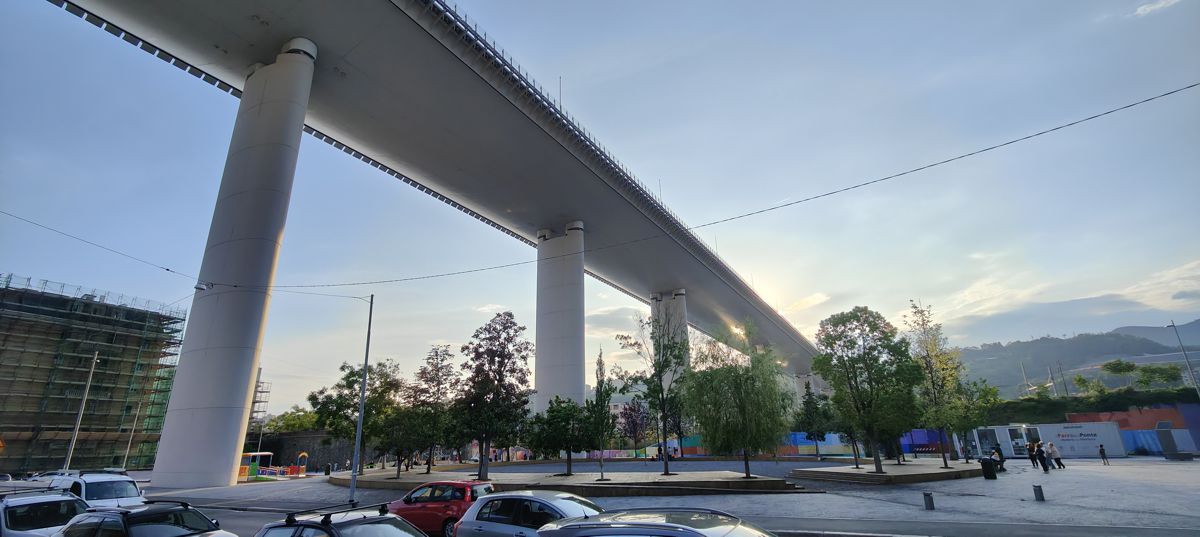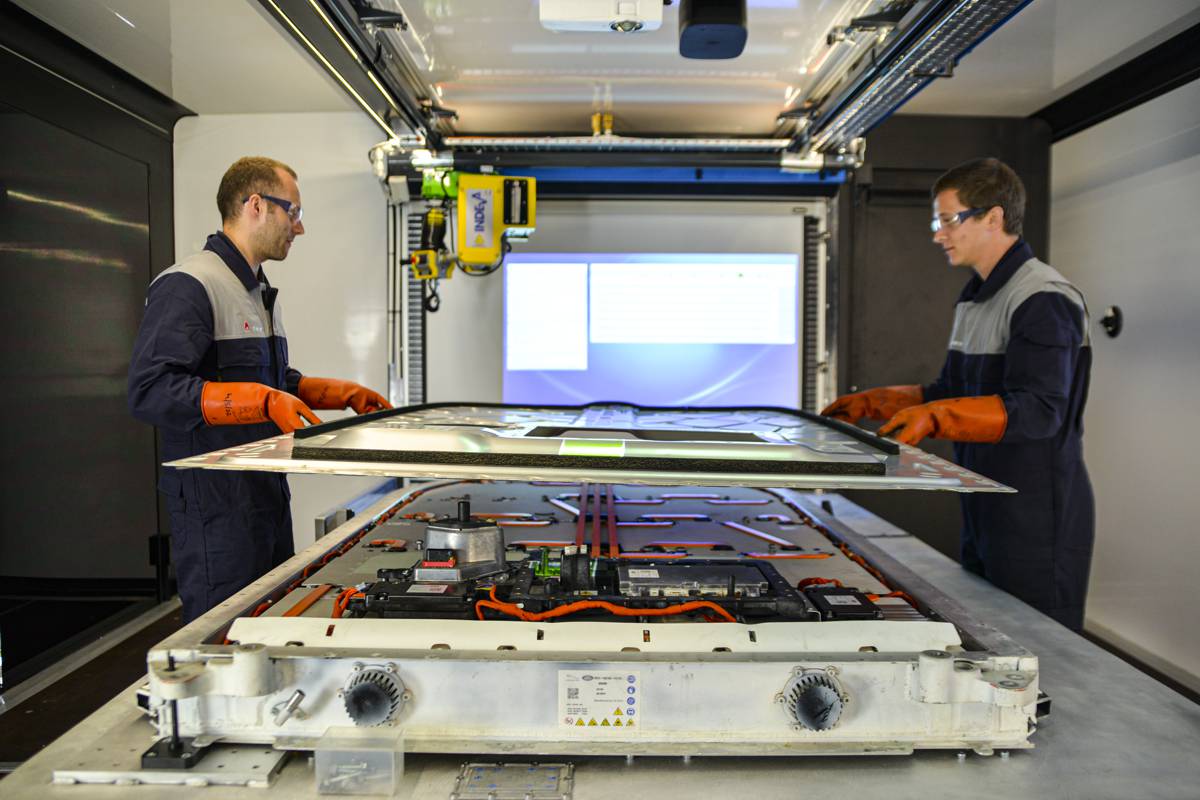Will online shopping reshape our cities and transport infrastructure
E-commerce has changed our shopping habits, and is also influences logistics, city infrastructure planning and properties. The impact will become more and more apparent as online shopping continue to increase driving deliveries and changing the way people interact with current retail centres.
With e-commerce turnover increasing by 10% to 15% year, there is an ongoing structural shift in retail supply chains. From being a relatively predictable behaviour in respect to place and time, shopping has become far more complex and offers new challenges to urban planners, retailers and logistics companies.
Challenges include supplying individual customers rather than replenishing stocks in stores, managing returns, and offering a selection of delivery options.
“E-commerce adds convenience and enables new behaviours, for example that people order a surplus of sizes and models and return what does not fit or what they dislike. This implies that the fitting room is moving from in-store to people’s homes”, advises Robert Sommar, transport- and logistics expert at Sweco. Robert is one of the authors of the Sweco report Signed, Sealed, Delivered – Analysing the Impact of E-commerce on Urban Areas.
The total effect of increased e-commerce remains unclear, but inefficiencies in applied solutions will lead to unnecessary increase in traffic load and pollution. Retail space will probably be reinvented and traditional shops might be replaced by showrooms and experience based spaces.
Today’s structure and function of warehouses, terminals and collection points, as well as the logistics function in apartment buildings and individual homes may alter considerably due to adaptations to e-commerce.
“The inefficiency of today’s solutions highlights the need for innovative thinking to identify solutions for efficient distribution principles and supply chain strategies and design. Such solutions need to be well integrated into city structures”, concludes Robert Sommar.















